The following is the fifth in a series of articles on the creative green economy, which focuses on generating new growth engines and was initiated by the Park Geun-hye administration and the Ministry of Environment. ― Ed.
The collaboration between venture startups with unique technologies and environment tech-related researchers has been on the rise since the Environment Ministry expanded investment in the eco-friendly industrial segment.
With the government currently aiming to foster new growth engines, Eco-Expo Korea 2014, which kicked off Tuesday in Seoul, is drawing wide attention in both the business sector and among jobseekers.
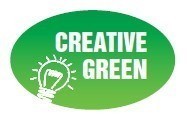 The goal of the fair is “innovation” rather than simple improvements to the day-to-day environmental performance of existing products, said an official at the Korea Environmental Industry & Technology Institute, which is hosting the expo with the Ministry of Environment.
The goal of the fair is “innovation” rather than simple improvements to the day-to-day environmental performance of existing products, said an official at the Korea Environmental Industry & Technology Institute, which is hosting the expo with the Ministry of Environment.
KEITI researcher and spokesman Seok Sung-woo stressed that “innovation refers to a differentiated technology and business model, which can transform the lifestyle of consumers in an ecofriendly direction.”
Futuristic products and services are being showcased at the fair, with the participants including 246 eco-friendly enterprises and organizations.
Among the products are a bicycle-powered cotton candy machine and a state-of-the-art globe, dubbed the Earth On, featuring real-time weather and climate conditions from across the world. The electric-powered motorcycle and vehicles are also popular with spectators.
As a sideline event, the Environment Ministry and KEITI are holding an environment industry-related job fair at Coex, in Samseong-dong.
Meanwhile, KEITI has given an award for a recent innovation, a water bottle with a high-end filter that enables it to serve as a portable purifier. The product, dubbed the Super Safe, has been developed via joint research between Prof. Oh Hyouk-keun of Hanyang Women’s University and Samchang GSM Co.
The collaboration between venture startups with unique technologies and environment tech-related researchers has been on the rise since the Environment Ministry expanded investment in the eco-friendly industrial segment.
With the government currently aiming to foster new growth engines, Eco-Expo Korea 2014, which kicked off Tuesday in Seoul, is drawing wide attention in both the business sector and among jobseekers.
 The goal of the fair is “innovation” rather than simple improvements to the day-to-day environmental performance of existing products, said an official at the Korea Environmental Industry & Technology Institute, which is hosting the expo with the Ministry of Environment.
The goal of the fair is “innovation” rather than simple improvements to the day-to-day environmental performance of existing products, said an official at the Korea Environmental Industry & Technology Institute, which is hosting the expo with the Ministry of Environment.KEITI researcher and spokesman Seok Sung-woo stressed that “innovation refers to a differentiated technology and business model, which can transform the lifestyle of consumers in an ecofriendly direction.”
Futuristic products and services are being showcased at the fair, with the participants including 246 eco-friendly enterprises and organizations.
Among the products are a bicycle-powered cotton candy machine and a state-of-the-art globe, dubbed the Earth On, featuring real-time weather and climate conditions from across the world. The electric-powered motorcycle and vehicles are also popular with spectators.
As a sideline event, the Environment Ministry and KEITI are holding an environment industry-related job fair at Coex, in Samseong-dong.
Meanwhile, KEITI has given an award for a recent innovation, a water bottle with a high-end filter that enables it to serve as a portable purifier. The product, dubbed the Super Safe, has been developed via joint research between Prof. Oh Hyouk-keun of Hanyang Women’s University and Samchang GSM Co.
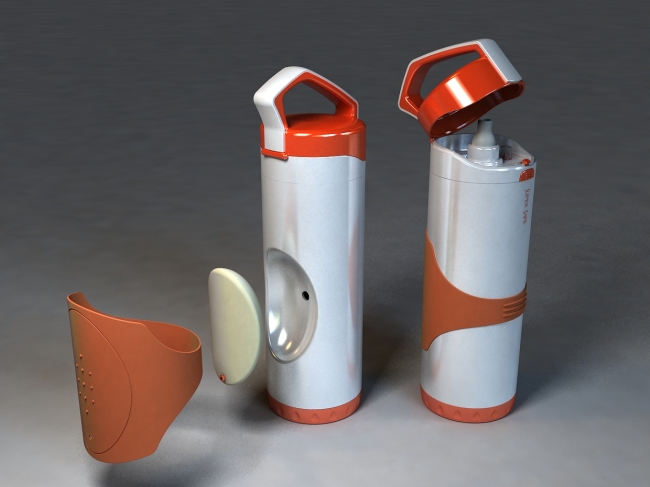
The product helps protect both the environment and the health of those who use it. “One Super Safe, made of eco-friendly plastic material, could have the effect of replacing about 2,000 disposable plastic bottles,” said a Samchang GSM spokesman.
It can purify water using oral suction pressure and does not need a power supply, he added.
Aside from creative products, the expo is also showcasing “social innovation for neighborhood growth,” said KEITI researcher Jung Young-do.
One new service, designed for urban citizens, utilizes large cultivation areas in rural locations and farmers who are available to work.
A consumer requests a service provider to engage in eco-friendly vegetable farming for his or her family. After they are harvested, the products can be delivered via courier. Consumers can also see for themselves how their agricultural products are doing by visiting the site.
Moreover, family unity can be strengthened by participating in various rural programs, as well as purchasing eco-friendly agricultural products in season. The service aims to provide a healthy outlet for urban citizens, as well as economic opportunities for local communities.
The Sing Sing Guest House in Wonanri District, Hwaseong, Gyeonggi Province, has been built under this initiative. The residence offers tourists from urban areas fresh farming products while creating jobs for rural residents. It is made of eco-friendly containers.
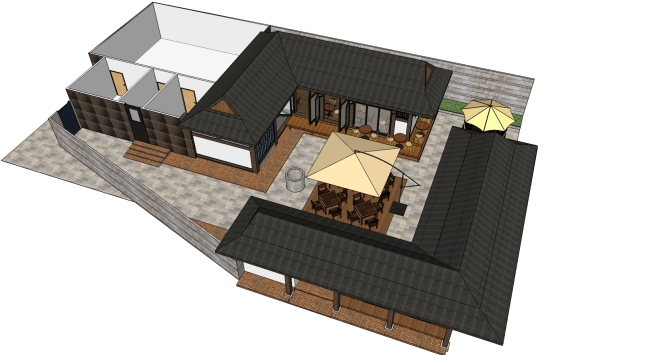
KEITI, a public institute affiliated with the Ministry of Environment, has set the paradigm “Green Economy plus Creative Economy equals Creative Green.”
One of the institute’s missions is to support eco-design in industry through the Eco-Design Project. Researchers say that the state-led project has two distinctive characteristics, which differ from existing approaches that involve life cycle assessments.
“First, we set clear objectives for a sustainable society, and then collect a variety of ideas to realize those objectives from people in Korea,” KEITI researcher Jung said. “Most existing eco-design methodologies employ forecasting approaches, whereas the current study employs ‘backcasting’ approaches,” he said.
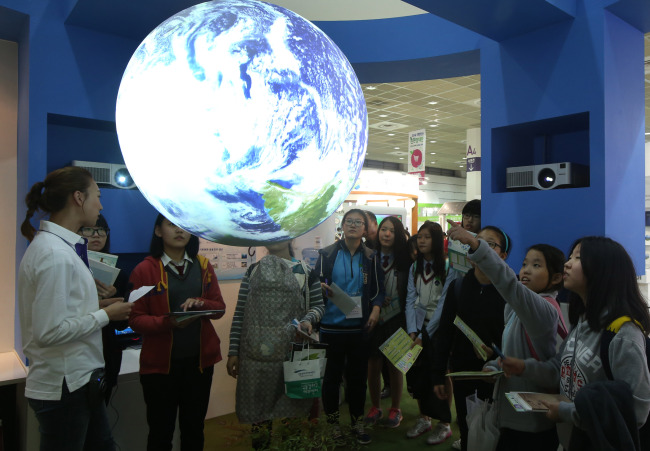
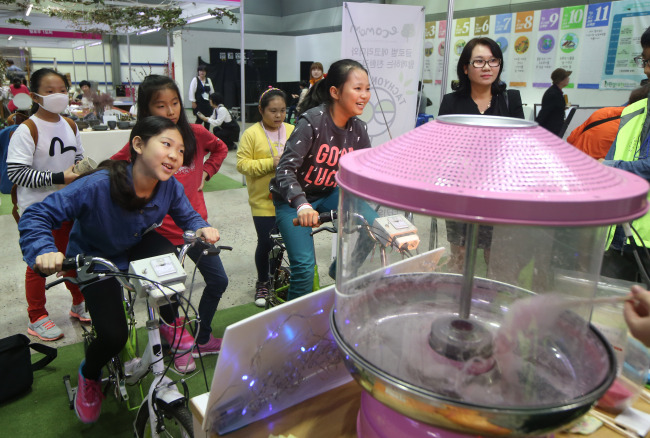
“Next, ideas are chosen that will be most effective in achieving the objectives, thereby supporting the development of products and services for market release.”
The official and researchers shared the view that 3-D printers and simulation technologies, as well as open platforms such as YouTube and app stores, can be tools to help realize the project’s ideas.
The aims of the creative green policy include not only stimulating the production of environmental products and services in response to environmental regulations and eco-labeling, but also spurring innovation for the development of more creative products and services.
Rather than employing a targeted approach, they have adopted a broad approach. The institute has also set two clear objectives to stimulate and prioritize innovative ideas.
The first objective is to resolve social issues in Korea through eco-friendly methods, such as excessive use of energy and water resources, damage from hazardous substances and the decline of local economies due to urban concentration. The second objective is to change consumer habits that harm the environment by encouraging more eco-friendly lifestyles.
KEITI, in its efforts to increase the effectiveness of the public contest, has been offering prizes and awards from the Ministry of Environment, and incentives such as prototype development support.
By Kim Yon-se (kys@heraldcorp.com)





![[KH Explains] No more 'Michael' at Kakao Games](http://res.heraldm.com/phpwas/restmb_idxmake.php?idx=644&simg=/content/image/2024/04/28/20240428050183_0.jpg&u=20240428180321)



![[Grace Kao] Hybe vs. Ador: Inspiration, imitation and plagiarism](http://res.heraldm.com/phpwas/restmb_idxmake.php?idx=644&simg=/content/image/2024/04/28/20240428050220_0.jpg&u=)



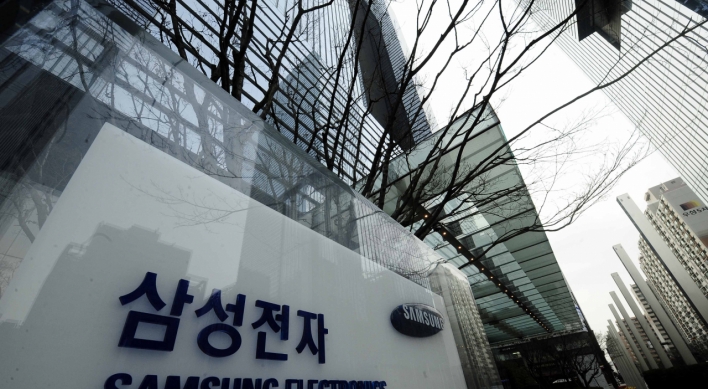




![[Herald Interview] Xdinary Heroes shoot for the next level with 'Troubleshooting'](http://res.heraldm.com/phpwas/restmb_idxmake.php?idx=642&simg=/content/image/2024/04/29/20240429050745_0.jpg&u=)